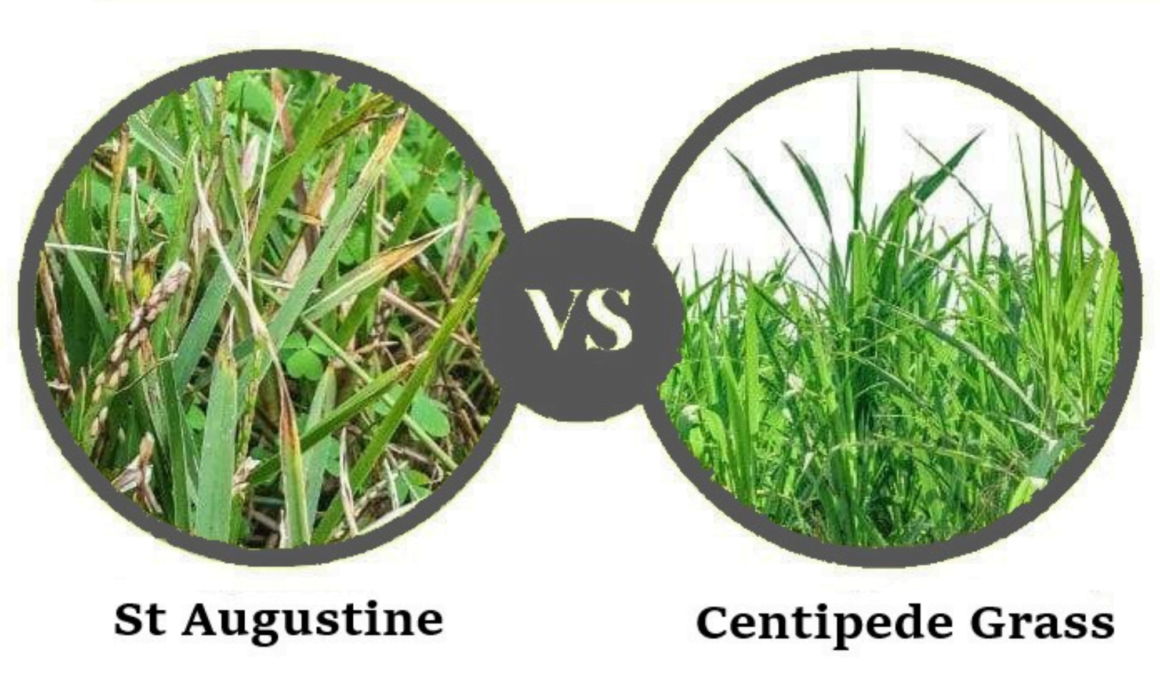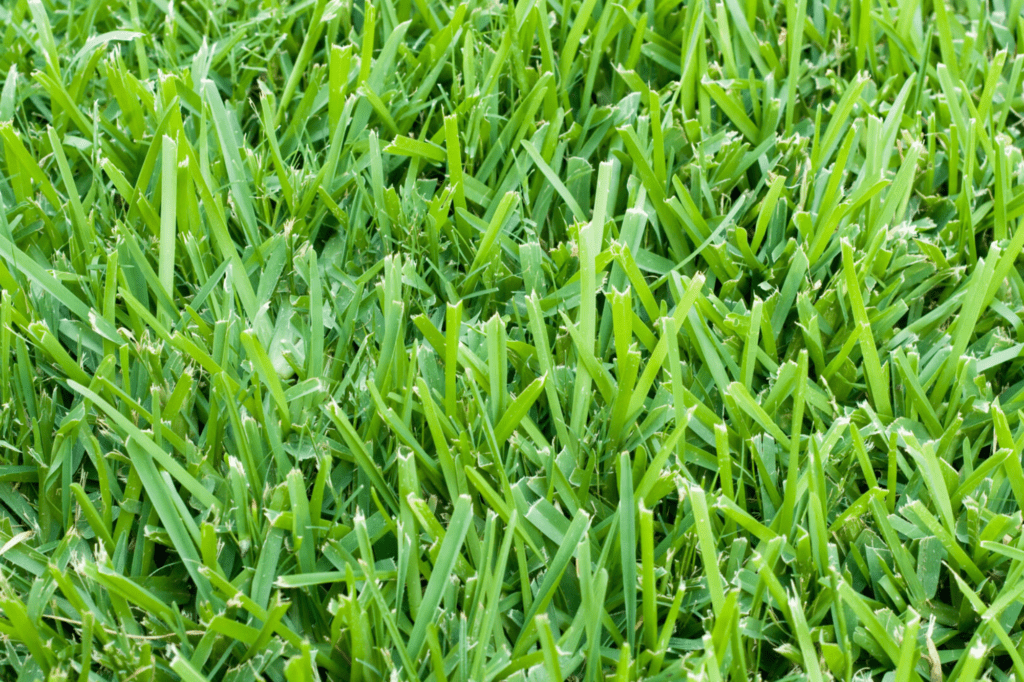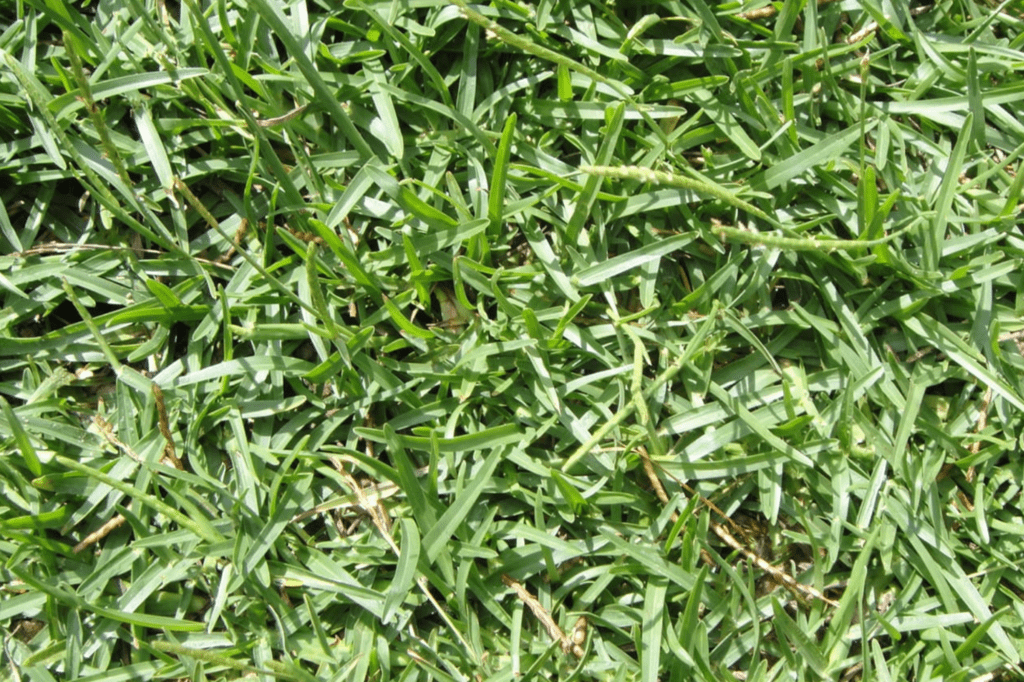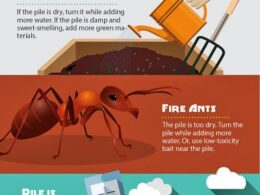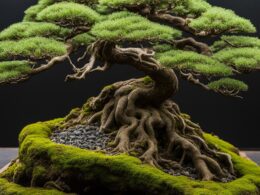Are you struggling to choose between St Augustine and Centipede Grass for your lawn? You’re not alone! Both types of grass have their own unique advantages and disadvantages, making it difficult to determine which one is the right fit for your needs.
In this comprehensive comparison guide, we will explore the key attributes of both St Augustine and Centipede grass, as well as the pros and cons of each. By the end of this article, you will have a better understanding of which type of grass is the perfect match for your lawn.
Key Attributes of St Augustine and Centipede Grass
Both St Augustine and centipede grass are warm-season grasses that thrive in warm climates and are commonly used in the southern United States. However, there are significant differences between them in terms of growth patterns, maintenance, and appearance.
| Attribute | St Augustine Grass | Centipede Grass |
|---|---|---|
| Growth Pattern | St Augustine grass has a more rapid growth pattern, requiring frequent mowing during its peak season. | Centipede grass has a slower growth pattern, requiring less frequent mowing when compared to St Augustine grass. |
| Shade Tolerance | St Augustine grass has higher shade tolerance than centipede grass. | Centipede grass has lower shade tolerance than St Augustine grass and thrives in full sun areas. |
| Maintenance | St Augustine grass requires more maintenance than centipede grass, needing regular fertilization and watering to maintain its lush growth. | Centipede grass has lower maintenance requirements than St Augustine grass, requiring less fertilizer and water. |
| Appearance | St Augustine grass has wider blades and a deeper green color, which gives it a fuller appearance. | Centipede grass has thinner blades and a lighter green color, giving it a more delicate appearance. |
If you have a preference for a particular appearance or growth pattern, this chart can help you decide which grass is best suited for your needs. However, keep in mind that the suitability of these grasses for your lawn will depend on several factors such as soil type, climate, and usage of your lawn.
Pros of St Augustine Grass
St Augustine grass is known for its thick and lush appearance, making it a popular choice for lawns and landscaping projects.
In addition to its aesthetic appeal, this grass variety offers numerous benefits that make it an ideal option for homeowners and business owners alike.
| Benefit | Description |
|---|---|
| Shade Tolerant | St Augustine grass can grow in areas with partial to full shade, making it an excellent choice for yards with trees or buildings that cast shadows throughout the day. |
| Low Maintenance | This grass variety requires minimal upkeep, including mowing and fertilizing, making it a time-efficient option for busy property owners. |
| Disease Resistance | St Augustine grass is naturally resistant to many common turf diseases, reducing the risk of damage and extending the lifespan of the lawn. |
| Drought Tolerant | While St Augustine grass prefers consistent moisture, it can withstand short periods of drought without suffering significant damage. |
Another advantage of St Augustine grass is its ability to thrive in warm and humid climates, making it a popular choice in the southern United States. It also has a high salt tolerance, making it a good option for coastal properties.
In summary, St Augustine grass offers a range of benefits that make it a top choice for homeowners and property managers seeking an attractive and low-maintenance lawn option.
Cons of St Augustine Grass
While St Augustine grass is a popular choice for lawns in many regions, it’s important to note that it does come with some drawbacks. Here are some of the cons to consider:
| Cons | Description |
|---|---|
| Susceptible to Disease | St Augustine grass is vulnerable to several diseases, including brown patch and gray leaf spot. These diseases can cause discoloration, thinning, and even death of the grass. |
| Requires Frequent Watering | St Augustine grass has a high water requirement and needs to be watered frequently to stay healthy. This can be a problem during droughts or if you are trying to reduce your water usage. |
| Needs Regular Fertilization | Like many grasses, St Augustine requires regular fertilization to maintain its color and thickness. This can add to the overall cost and maintenance of your lawn. |
| Not Drought-Tolerant | If you live in an area with frequent droughts or water restrictions, St Augustine may not be the best choice for your lawn. It requires a lot of water to stay healthy and can struggle during extended dry periods. |
Despite these drawbacks, St Augustine grass is still a popular choice for many homeowners who value its lush, green appearance and ability to thrive in warm, humid environments.
Pros of Centipede Grass
Centipede grass is an excellent option for those who want a low-maintenance lawn.
Here are some of the pros of centipede grass:
- Adaptable: Centipede grass can grow in a variety of soil types, including acidic and sandy soil. It is also drought-tolerant, meaning it can withstand periods of dry weather.
- Low-maintenance: One of the most significant advantages of centipede grass is its low maintenance requirements. It grows slowly, which means less mowing and fewer nutrients needed.
- Disease-resistant: Centipede grass is naturally resistant to many common diseases and pests that can plague other types of grass.
- Cost-effective: Centipede grass is relatively inexpensive to purchase and maintain compared to other grass types.
Overall, centipede grass is a great choice for those who want a beautiful lawn without the high maintenance requirements or cost of other grass types.
Cons of Centipede Grass
While centipede grass has several benefits, there are also some drawbacks to consider before deciding whether to plant it:
| Cons of Centipede Grass | Description |
|---|---|
| No winter-color retention | Centipede grass cannot retain its green color during winter and may turn brownish. |
| Low tolerance to heavy foot traffic | Centipede grass cannot withstand heavy traffic or frequent footfalls, making it unsuitable for lawns that receive a lot of activity. |
| Not suitable for shade conditions | Centipede grass needs full sun exposure to thrive, which means it won’t grow well in shady areas or under trees. |
In addition, the slow growth rate of centipede grass can be a disadvantage for some homeowners who want a plush lawn as quickly as possible. It may take several months or even a few years before centipede grass fully covers your lawn and reaches its optimal thickness.
It’s worth noting that centipede grass can also be susceptible to disease and insect infestations, which can be detrimental to its growth and overall health.
Frequently Asked Questions (FAQ)
Here are some common questions people have when comparing St Augustine and Centipede grass:
Q: Which grass is more tolerant of shade?
A: Centipede grass is more shade tolerant than St Augustine grass. However, both types of grass still require some sunlight to thrive.
Q: Which grass is more drought tolerant?
A: St Augustine grass is more drought tolerant than Centipede grass, but it still needs regular watering to stay healthy.
Q: How often should I mow my St Augustine or Centipede grass?
A: Both St Augustine and Centipede grass should be mowed regularly during the growing season. Mowing once a week is typically sufficient.
Q: Can either St Augustine or Centipede grass be grown from seed?
A: While both St Augustine and Centipede grass can be grown from seed, it is more common to propagate them through sod or plugs.
Q: Which type of grass requires more maintenance?
A: Both St Augustine and Centipede grass require regular maintenance, such as mowing, watering, and fertilizing. However, St Augustine grass may require slightly more maintenance due to its tendency to develop thatch.
Q: Which type of grass is best for my region?
A: The best type of grass for your region depends on a variety of factors, including climate, soil type, and average rainfall. Consult with a local lawn care professional or garden center for guidance on the best grass type for your area.





